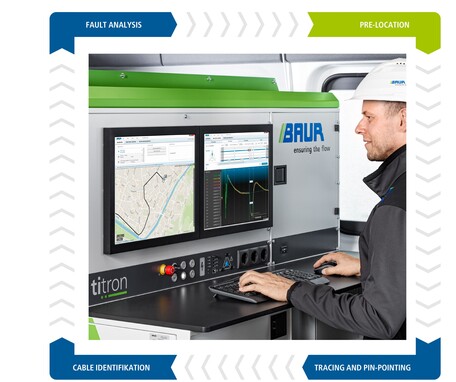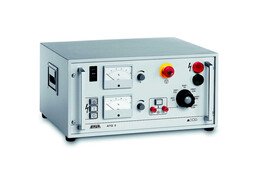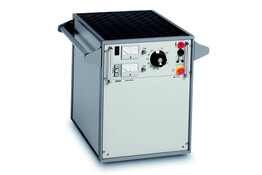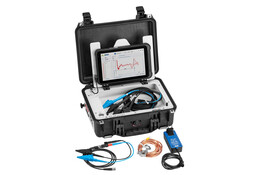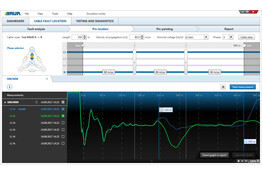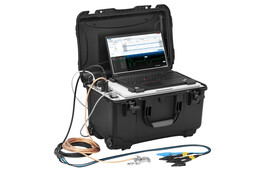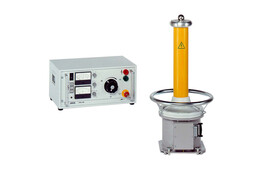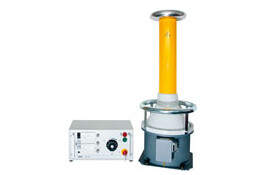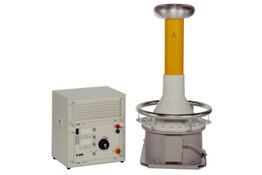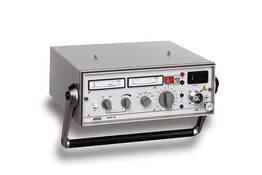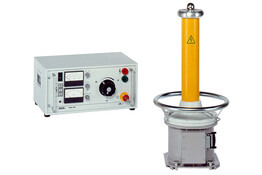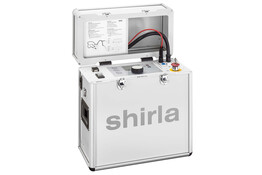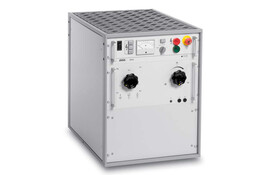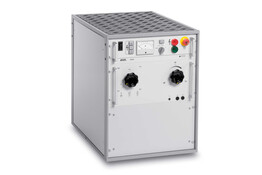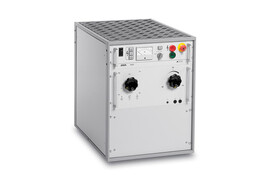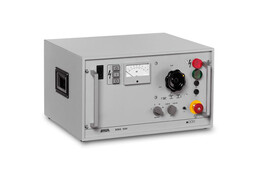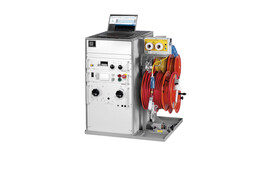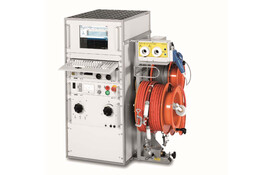Process steps & methods: Pre-location
The objective of pre-location is to determine the fault position as precisely as possible so that the subsequent pin-pointing activities can be implemented as quickly and efficiently as possible.
TDR
Time domain reflectometry for locating low-resistive faults and cable breaks, and for determining the cable length.
SIM / MIM
The secondary/multiple impulse method is the most well-established and precise cable fault pre-location method. High-resistive faults and breakdown faults are ignited by a single HV pulse and the fault distance is measured very precisely several times via the TDR technology and automatically evaluated.
DC-SIM/MIM
Secondary/multiple impulse method in DC mode for pin-pointing intermittent faults. DC voltage is applied to the cable until breakdown. The cable capacitance is used to increase the available surge energy.
Conditioning-SIM/MIM
Difficult to locate or wet faults are first conditioned with surge voltage before a SIM/MIM measurement is carried out.
Decay
Voltage-coupled decay method for locating breakdown faults with high voltage. The oscillating voltage reflection waves are evaluated automatically to determine the fault distance.
ICM
Impulse current method for locating high-resistive faults and breakdown faults. The fault distance is determined by analysing the impulse current diagram. Particularly suitable for use on long cables.
DC-ICM
Impulse current method used in DC mode for locating chargeable breakdown faults for which the cable capacitance is used in conjunction with a surge voltage generator.
Measurement mode with envelope curve display
In this process, even small, intermittent changes to impedance can be made visible by means of an envelope curve and saved automatically.
Fault conditioning / burning
High-resistive cable faults are handled with high performance high voltage burn down transformers. The ensuing fault becomes low resistive and therefore can be easily measured according to the TDR method. This application is used for the conventional paper-lead-sheath cables.
BAUR products for cable fault location / pre-location
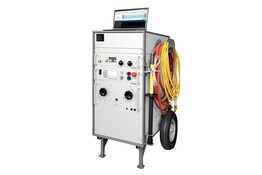
Syscompact 400 portable
Portable cable fault location system for cable fault pre-location and pin-pointing
